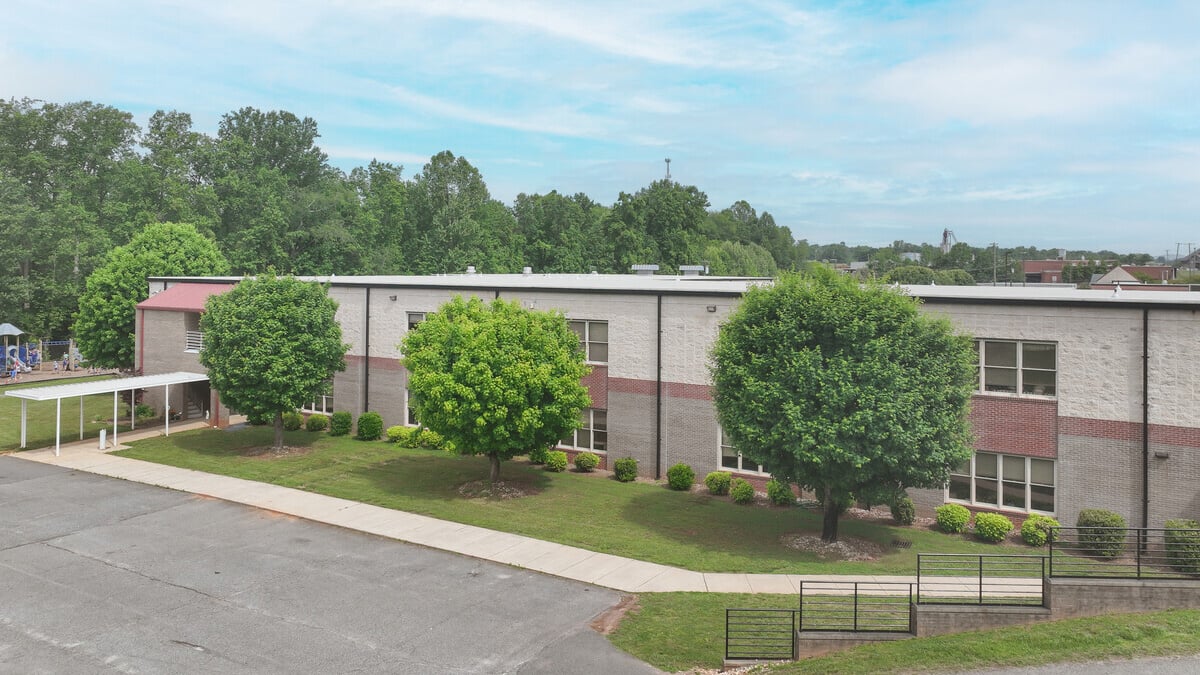- What's New
- Pricing & Purchasing
- Lead Times
- Literature & Samples
- Services & Warranties
- Careers
- Find a Rep

Transforming Education: How Flexible Furniture Changed a Fifth-Grade Classroom
Danielle Ortiz, a fifth-grade science and social studies teacher at Bethlehem Elementary School in Taylorsville, North Carolina, has always believed in creating a dynamic learning environment that caters to the diverse needs of her students.
She envisioned a classroom where the furniture would not just fill the space but transform it—enabling her to meet the varied learning styles and needs of her students.
For her, a classroom is not just a place where students sit and listen; it's an interactive space where students are encouraged to engage, collaborate, and explore. Her existing furniture, however, was holding her, and her students, back.
Not only was the furniture in her room more than 30-years-old, but it also limited flexibility and functionality.
She needed a solution that would allow her to seamlessly switch between different activities, whether it was a hands-on science experiment, a collaborative social studies project, or a quiet reading session.
She entered the KI Classroom Furniture Giveaway with the goal of increasing mobility, flexibility, and function in her classroom.
“I need space to meet as many different learning styles as possible and adapt to my ever-changing activities,” Ortiz said. “My dream was to have classroom furniture that was movable and could create different configurations and learning experiences.”
In her quest for the perfect classroom setup, Ortiz focused on solutions that optimized space and flexibility.
She selected Learn2 seating, Tributaire nesting screens, and Ruckus worktables with storage – optimizing the space she needs for each of her lessons.
Learn2 seating, with its lightweight design and easy maneuverability, allows students to quickly rearrange their seating according to the task at hand. Whether they need to form small groups for collaborative work or arrange the chairs in a circle for a class discussion, the flexibility of the seating makes transitions smooth and effortless. The chairs are not just functional; they are designed with the students' comfort in mind, providing support for long periods of sitting while still being easy to move around.
The Tributaire nesting screens are another vital component of the new classroom design. These portable screens can be moved and arranged to create different zones within the classroom, providing both physical and visual separation for various activities.
As a teacher, Ortiz can use the screens to divide the room to support simultaneous small group activities or create a quiet corner for independent work.
Ruckus worktables with built-in storage further enhance the functionality of the classroom. These tables are designed to be versatile, with ample storage space to keep materials organized and easily accessible and can be quickly rearranged to accommodate different group sizes and activities like science experiments and collaborative projects.
The mobility of these pieces means Ortiz can effortlessly change the classroom layout to suit the needs of each lesson, fostering a more engaging and adaptable learning environment.
The new furniture has not only rejuvenated the physical space but has also invigorated her teaching approach and made it easier for students to collaborate and engage in hands-on learning, making the classroom a more dynamic and interactive space.
See how the makeover transformed Ortiz's classroom into a space where kids can seamlessly switch between different activities for an immersive learning experience.












